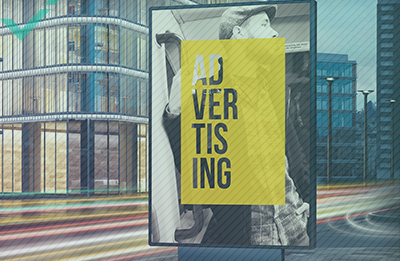6 GESTURES THAT CAN CAUSE OFFENCE
Before the spoken word, language was onomatopoeia, facial expression, body language and hand gestures.
Just as hundreds of vernaculars developed independently to transform later into the languages we have today, so did hand gestures. They are just as diverse around the world as the spoken word. Many are not international, and it can be easy to cause offence by punctuating words with gestures that are benign in one’s home country, but translate as offensive in another country.
A significant amount of information is communicated non-verbally in every culture in the world. Body language, facial expressions and gestures give nuance to verbal communication. But that nuance can be negative, depending on country and culture. These 6 hand gestures mean different things in different parts of the world.

1: WHEN IS OKAY NOT OKAY?
The “okay” gesture—pressing thumb and forefinger together to form an “O”—is ubiquitous and inoffensive in the West. But it is used to call someone an ***hole in Greece, Brazil and a number of Latin American countries. Also, in Turkey, it is used as a slur toward the LGBTQ community. In Japan, the same gesture indicates money, while in France and Tunisia, it means a person is worth nothing.
2: V FOR VICTORY?
Sometimes yes and sometimes no—it depends on where you are and which way your palm is facing.
Giving the “V” sign with the fingers palm-forward is the classic “peace” sign, recognised all over the world since the ’60s. It was also used famously by Winston Churchill during WW2 to symbolise victory, and is a common way to communicate the number two. In Japan, China, and Korea, a “V” sign is flashed in photos instead of smiling, and in Vietnam, it means “hello”.
Turning the palm towards the body and giving the “V” sign, especially with an upward thrust, won’t win you any friends in Australia, New Zealand, the UK, or South Africa. It is an old-fashioned way of communicating what the digitus impudicus means in the modern age.
3: IS THE THUMB THING WRONG?
Giving the thumbs-up is a well-recognised positive gesture, except for in some parts of Greece and the Middle East. There, it doesn’t mean “ready to go” or “things are great”, but something different—similar to showing the middle finger.

4: COME HERE
Using your fingers to beckon someone to “come here“ can get you arrested in the Philippines, where such gestures are reserved for calling dogs. Gesturing to a person in this way can be perceived as comparing them to an animal.
5: BUT I HAD MY FINGERS CROSSED!
Crossing the fingers in hopes of good luck (or when lying) is quite common in many countries. But it may get you into trouble in Vietnam, where crossing the fingers is offensive—the equivalent of calling someone that word that rhymes with punt.
6: WHAT’S THE POINT?
It is rude in many cultures to point. In fact, most cultures frown upon pointing at individuals. It is perceived as an act of aggression, where a dominant person singles out a subordinate, or someone is singled out in a group. There are many cultures all over the world where pointing at anything at all is considered rude, and an open palm directional gesture or nod of the head is preferred instead. As an international destination, Disneyland instructs its employees to give directions with two or more fingers, or even an open palm.
Next time you’re travelling for work or play, remember that the way you gesticulate at home may not translate as effectively abroad. Ultimately, making an effort to behave in a way that is not offensive allows you to truly immersive yourself in a different culture. Plus, this way you’ll seem more like a knowledgeable local than an uninitiated tourist.


